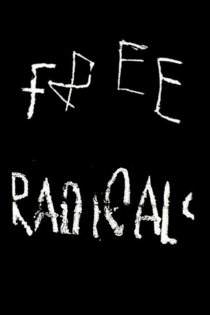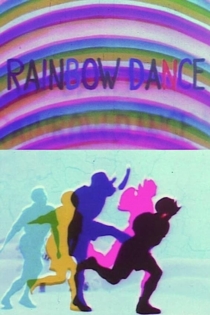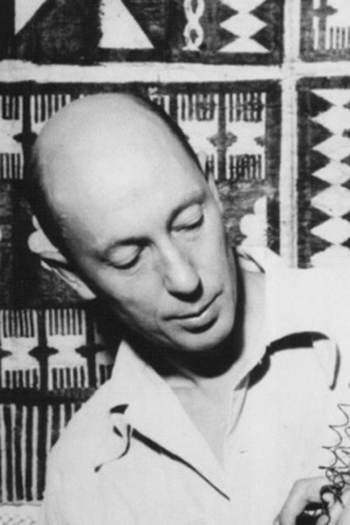
Len Lye
1901 - 1980Secrets of British Animation
Sebastian Barfield
Peter Lord, David Sproxton
BBC Four’s new documentary takes us on a journey through more than a century of animation. It examines the creative and technical inventiveness of some of the great animation pioneers who have worked in Britain – trailblazing talents such as Len Lye, John Halas and Joy Batchelor, Joanna Quinn, and Bristol’s world-conquering Aardman Animations.
Secrets of British Animation
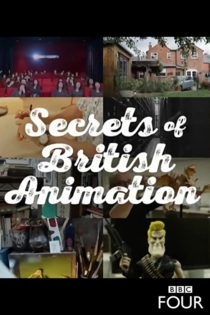
Abstract Cinema
Keith Griffiths
Stan Brakhage, Jules Engel
Several well-known and pioneering abstract filmmakers discuss the history of non-objective cinema, the works of those that came before them and their own experiments in the field of visionary filmmaking.
Abstract Cinema
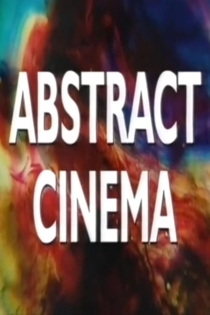
N or NW
Len Lye
Dwight Godwin, Evelyn Corbett
Correspondence between young lovers nearly ends in disaster through a mistake in postal district. Fortunately the GPO spots the error and all ends well, but with the moral that correspondents should get the address right.
N or NW

Kaleidoscope
Len Lye
For Kaleidoscope, which was sponsored by Churchman Cigarettes, Lye animated stenciled cigarette shapes and is said to have experimented by cutting out some of the shapes so that the light of the projector hit the screen directly. As in Colour Box Lye uses music by Don Baretto and his Cuban Orchestra. - Harvard Film Archive
Kaleidoscope
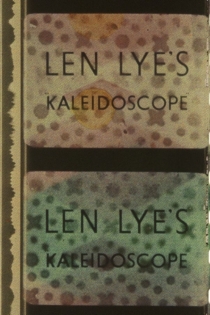
Colour Flight
Len Lye
This riot of color was a showcase for Lye’s hand-painted and stenciled imagery. Sponsored by Imperial Airways, it incorporates the airline’s “speedbird” symbol, and the music consists of “Honolulu Blues” by Red Nichols and a rumba by the Lecuona Cuban Boys. Time Magazine raved about the film, describing Lye as England’s alternative to Walt Disney (a David-and-Goliath comparison!). Like Lye’s other films, Colour Flight was not eligible for distribution in the US due to its status as an overseas advertising film. - Harvard Film Archive
Colour Flight

Particles in Space
Len Lye
Lye completed his last great film a few months before his death at the age of 78. The film returned to the black-and-white techniques of Free Radicals. Lye created what he called “vibrant little images” or “zig-zags” with a sense of “zizz”. The clusters of small scratches gave the film a unique texture – the images looked rough but were in fact extremely subtle. The title Particles in Space referred to flashes of energy of the kind sometimes seen by astronauts in space. The soundtrack combined “Jumping Dance Drums” from the Bahamas with drum music by the Yoruba of Nigeria and the sounds of Lye’s metal kinetic sculptures. The opening titles demonstrated Lye’s mastery of the scratching of letters and words on film, a method imitated by other film-makers such as Stan Brakhage.
Particles in Space

All Souls Carnival
Len Lye
Len Lye usually timed his films with great care to match their soundtracks, but for All Souls Carnival, he and composer Henry Brant worked separately, preferring to see if the score and visual track would synchronise by chance. Lye also experimented with a new Direct Film technique, drenching the filmstrip in colourful paint and marker pen.
All Souls Carnival

Swinging the Lambeth Walk
Len Lye
Lye edited together “swing” versions of the popular Lambeth Walk (including Django Reinhardt on guitar and Stephane Grapelli on violin), combining them with a particularly diverse range of direct film images, scratched as well as painted. He was particularly pleased with a final guitar solo (with a vibrating horizontal line) and double bass solo (with a stomping vertical line). For this film Lye did not have to include any advertising slogans; friends at the Tourist and Industrial Development Association, shocked to learn that Lye and his family had become destitute, arranged for TIDA to sponsor the film – to the horror of government bureaucrats who could not understand why a popular dance was being treated as a tourist attraction. - Harvard Film Archive
Swinging the Lambeth Walk

The Birth of the Robot
Len Lye
This experiment was a “prestige advertisement” for Shell Motor Oil. As conventional animation became dominated by Walt Disney, many European filmmakers turned to puppets as an alternative, and Lye enlisted the help of avant-garde friends such as Humphrey Jennings and John Banting to make the amusing puppets. Exploring the still-complex color process, which involved the combination of three separate images, Lye creates such a vivid storm scene that reviewers hailed it as “proof that the color film has entered a new stage.” The music is Holst’s The Planets. - Harvard Film Archive
The Birth of the Robot
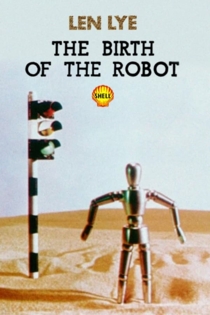
Color Cry
Len Lye
In 1944 Lye moved to New York City, initially to direct for the documentary newsreel The March of Time. He settled in the West Village, where he mixed with artists who later became the Abstract Expressionists, encouraged New York’s emerging filmmakers such as Francis Lee, taught with Hans Richter, and assisted Ian Hugo on Bells of Atlantis. Color Cry was based on a development of the “rayogram” or “shadow cast” process, using fabrics as stencils, with the images synchronized to a haunting blues song by Sonny Terry, which Lye imagined to be the anguished cry of a runaway slave. —Harvard Film Archive
Color Cry

Tusalava
Len Lye
With the screen split asymmetrically, one part in positive, the other negative, the film documents the evolution of simple celled organic forms into chains of cells then more complex images from tribal cultures and contemporary modernist concepts. The images react, interpenetrate, perhaps attack, absorb and separate, until a final symbiosis (or redemption?) is achieved.
Tusalava
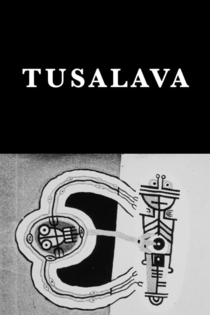
Tal Farlow
Len Lye
Lye created a series of scratched images in the 1950s – more regular or geometric than his usual style – to accompany Rock ‘n’ Rye, a track by jazz guitarist Tal Farlow, but he did not get far with the editing. He returned to the material in 1980 but died before it was completed. His assistant Steven Jones finished the film under the supervision of Lye’s widow Ann, who had been closely involved with all of Lye’s American films. - Harvard Film Archive
Tal Farlow
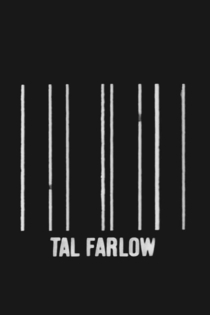
Cameramen at War
Len Lye
Raymond Glendenning, Harold Alexander
A tribute to the cameramen of the newsreel companies and the service film units, in the form of a compilation of film of the cameramen themselves, their training and some of their most dramatic film.
Cameramen at War

When the Pie Was Opened
Len Lye
Valerie Forrest, Hilda Masters
Surrealism, avant-garde sound montage, and irreverent wit might be the last thing you'd expect from a government-sponsored film about wartime cookery. But director, artist, animator and all-round firework of a man Len Lye specialised in the unexpected. A simple tale of a mother cheering up her daughter with a pie from her rationing-stricken pantry (interestingly the war is never directly referred to) is skilfully crafted into a work of real artistic depth, while retaining an unpretentious charm.
When the Pie Was Opened
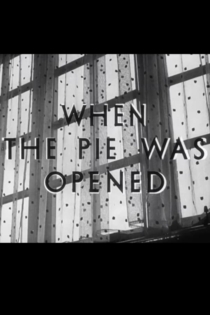
Free Radicals
Len Lye
In this powerful abstract film with a soundtrack of African drum music, Lye scratched "white ziggle-zag-splutter scratches" on to black leader, using a variety of tools from saw teeth to arrow heads. The first version of the film won a major award at the International Experimental Film Festival Held in Brussels in 1958 in association with the World's Fair. Stan Brakhage described the film as "an almost unbelievably immense masterpiece".
Free Radicals
